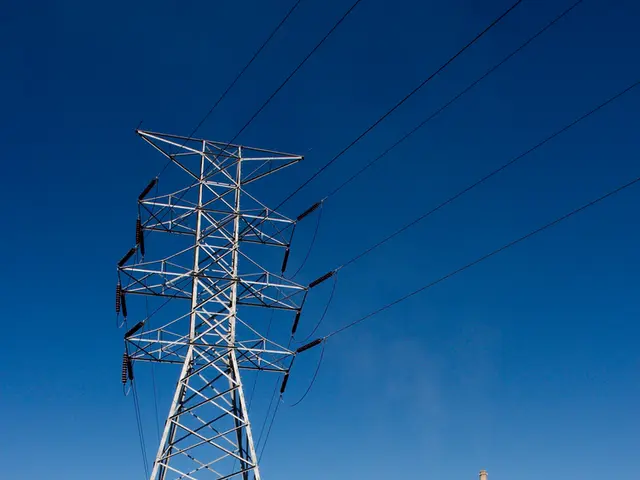Australia's Solar Sector Booms in September 2025 with 16.6% PV Rise and 55% ESS Surge
Australia's renewable energy sector witnessed significant growth in September 2025, with a notable increase in rooftop PV capacity and battery energy storage systems (ESS). The country installed 237 MW of new rooftop PV, marking a 16.6% rise from the previous month. Meanwhile, ESS installations surged by 55% to 639 MWh.
The rise in PV plus ESS installations has driven a return in growth for PV sales. The average battery size increased to 24.40 kWh, up from 21.36 kWh in the previous month. Western Australia led the way with a 28% month-on-month increase in solar installations, while New South Wales (NSW) had the greatest MW increase. All states reported positive growth in battery installations, with NSW topping the list at 238 MWh.
Companies like GSL ENERGY and HiTHIUM are actively involved in the Australian energy storage market. GSL ENERGY focuses on home battery solutions, while HiTHIUM is expanding its presence with large-scale projects. However, specific data on the companies that installed the most small-scale battery energy storage systems in September 2025 is not available.
Despite the year-to-date installation volume being lower than the previous year, the September 2025 figures indicate a strong rebound in the Australian renewable energy sector. The 75-100 kW segment saw the strongest growth in solar installations, with a significant increase in volumes in the sub-3 kW range due to battery installations. The national average solar system size also increased to 10.4 kW. While installations were above trend, they remained below levels from previous years.
Read also:
- Standard Nuclear & Framatome Join Forces to Boost TRISO Fuel Production by 2027
- U.S. Energy & Politics: Wood Burning Criticized, Wind Industry Faces Policy Hurdles, GOP Divided on Climate
- XPeng Boosts Leadership, Vienna's EV Interest Surges, Used EV Market Shifts
- Lieutenant Governor Kounalakis joins SoCalGas in unveiling the novel H2 Hydrogen Innovation Experience, a one-of-a-kind demonstration.








